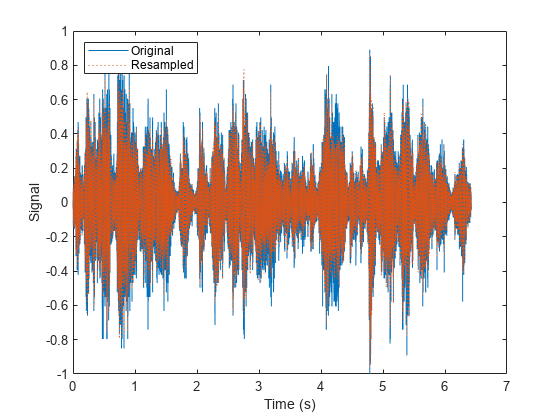partition
Partition signal datastore and return partitioned portion
Syntax
Description
subsds = partition(sds,numPartitions,index)numPartitions and returns the partition corresponding to
index.
subsds = partition(sds,'Observations',index)index in the Observations property.
If
sdscontains file data, the function partitions the signal datastore by files.If
sdscontains in-memory data, the function partitions the signal datastore by members.
subsds = partition(sds,'Observations',obsname)obsname.
If
sdscontains file data, the function partitions the datastore by files.If
sdscontains in-memory data, the function partitions the datastore by members.
Examples
Input Arguments
Output Arguments
Version History
Introduced in R2020a
